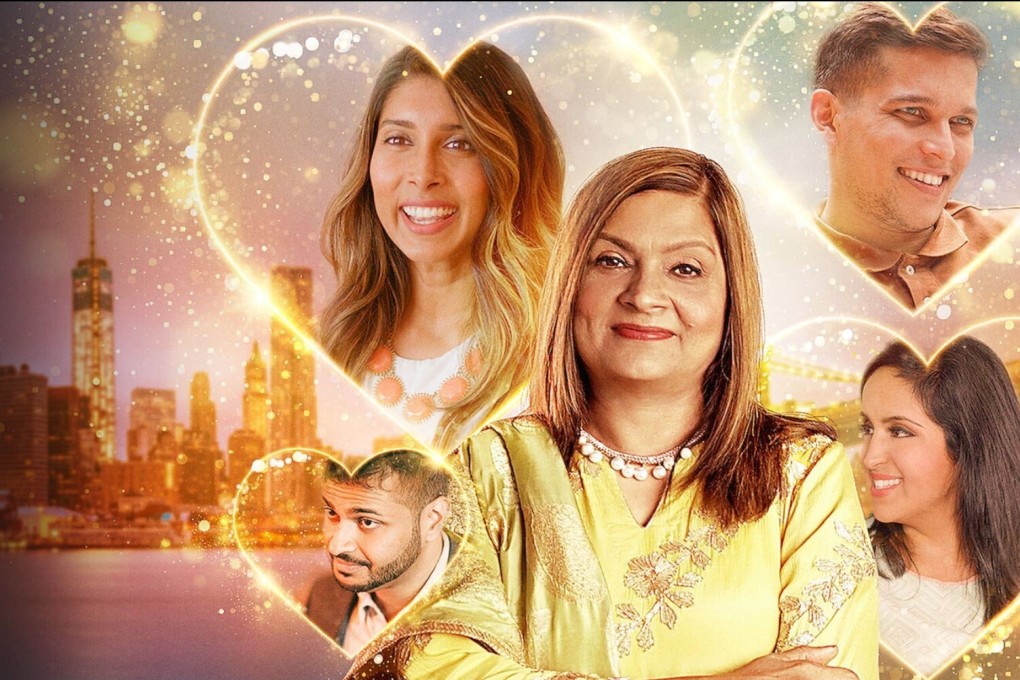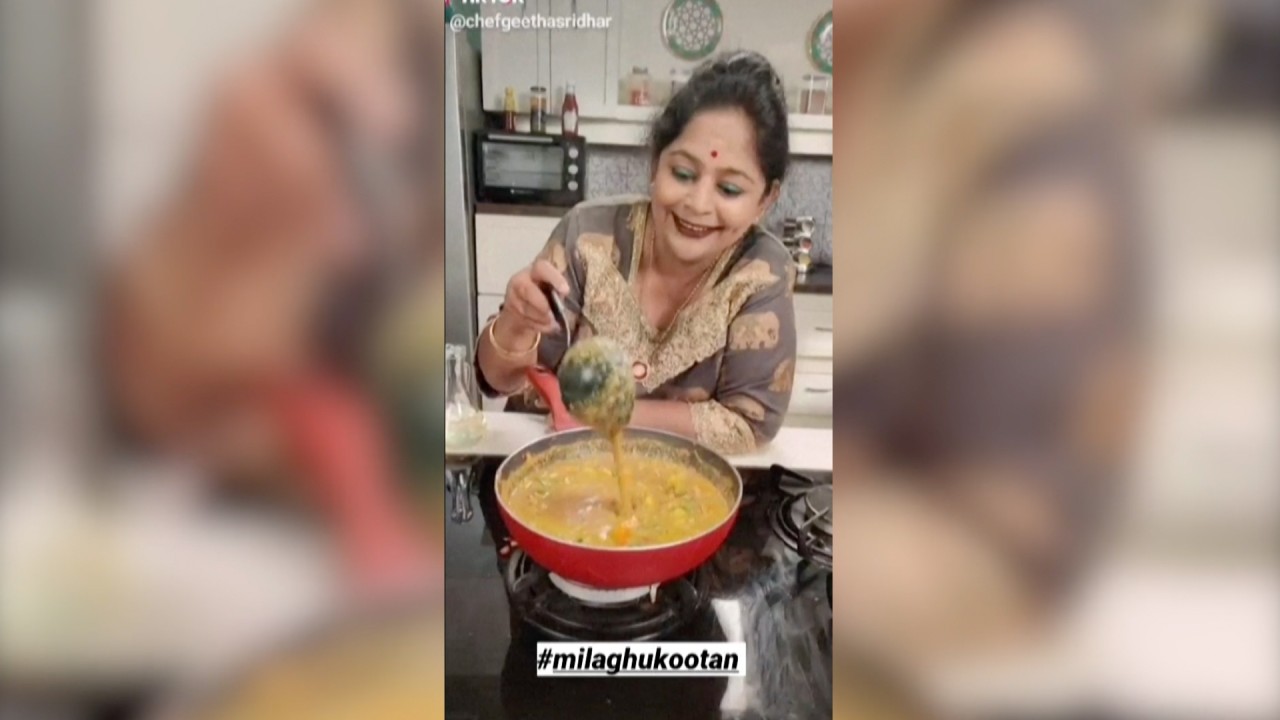Opinion | How Netflix’s Indian Matchmaking scratches the glossy surface of ‘new India’
- Through the lens of courtship and marriage, the show presents a class of Indians who easily straddle East and West, but conflates upper-caste Hindu culture with Indian culture. While laying bare regressive stereotypes, the show also offers space for rebellion

At the start of Netflix’s Indian Matchmaking , Preeti, an Indian, elaborates on her specifications for the ideal bride for her son. She should be not below 1.6 metres tall and must be “flexible”, a word which along with “adjust” and “compromise” recurs throughout the series.
The show, which follows matchmaker Sima Taparia as she travels between India and the United States, has sparked much discussion since it premiered on July 16. Some criticise it for promoting casteism, colourism, patriarchy and heteronormativity, while others complain it presents India in a negative light.
The young people raised in the US are only distinguishable from their India-based counterparts by their accents. Almost all wear Western clothes, speak English, consume alcohol and meat, and love to travel. Their homes – spacious, well lit and modern with a few “ethnic” touches – could be interchangeable.

01:41
India’s TikTok ban closes lucrative window to the world for many rural women
Indianness is marked largely by shots of statues of Hindu gods in the home, by Taparia’s recourse to astrologers and horoscope matching and by generalised references to “Indian culture”. For example, Vyasar from Austin, Texas, says he loves to cook and is willing to be a stay-at-home dad, but his wife must have an “appreciation of Indian culture”.

